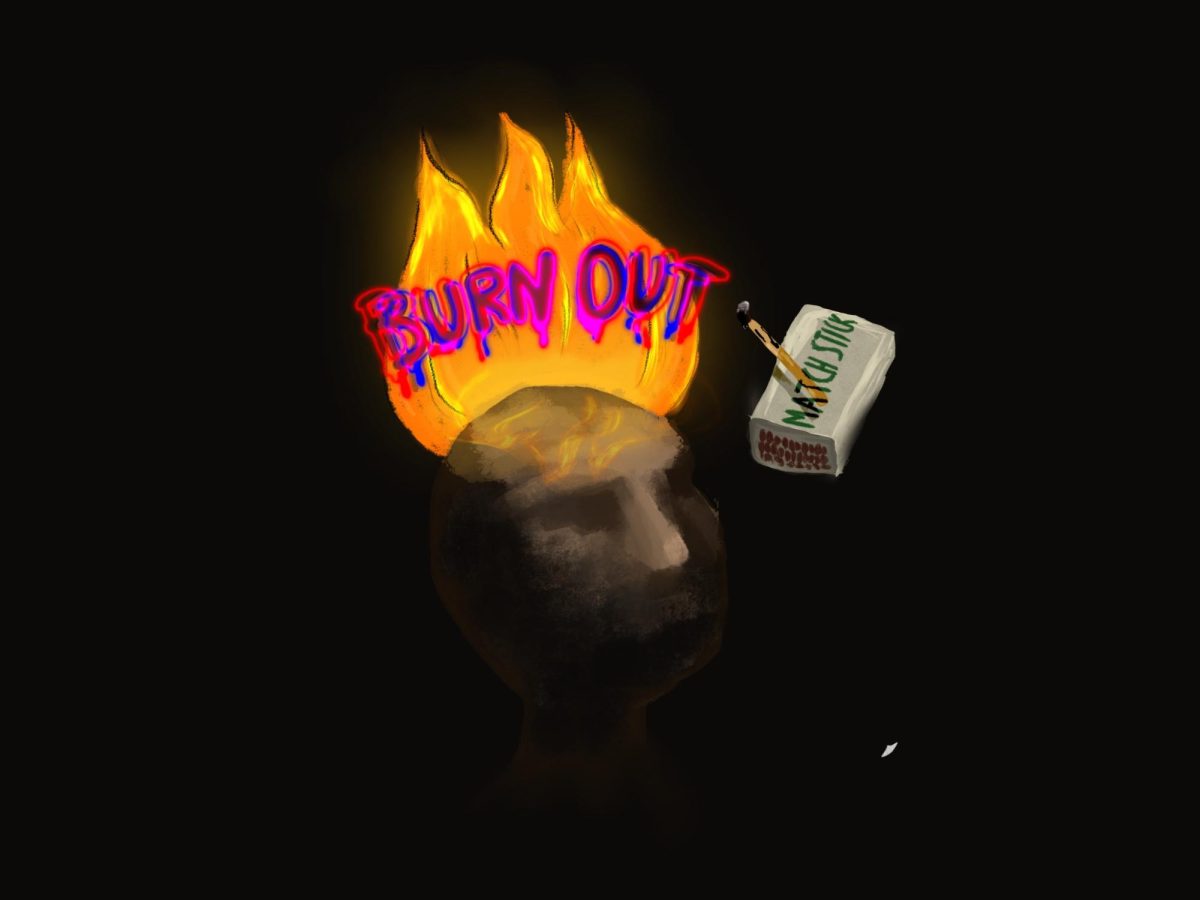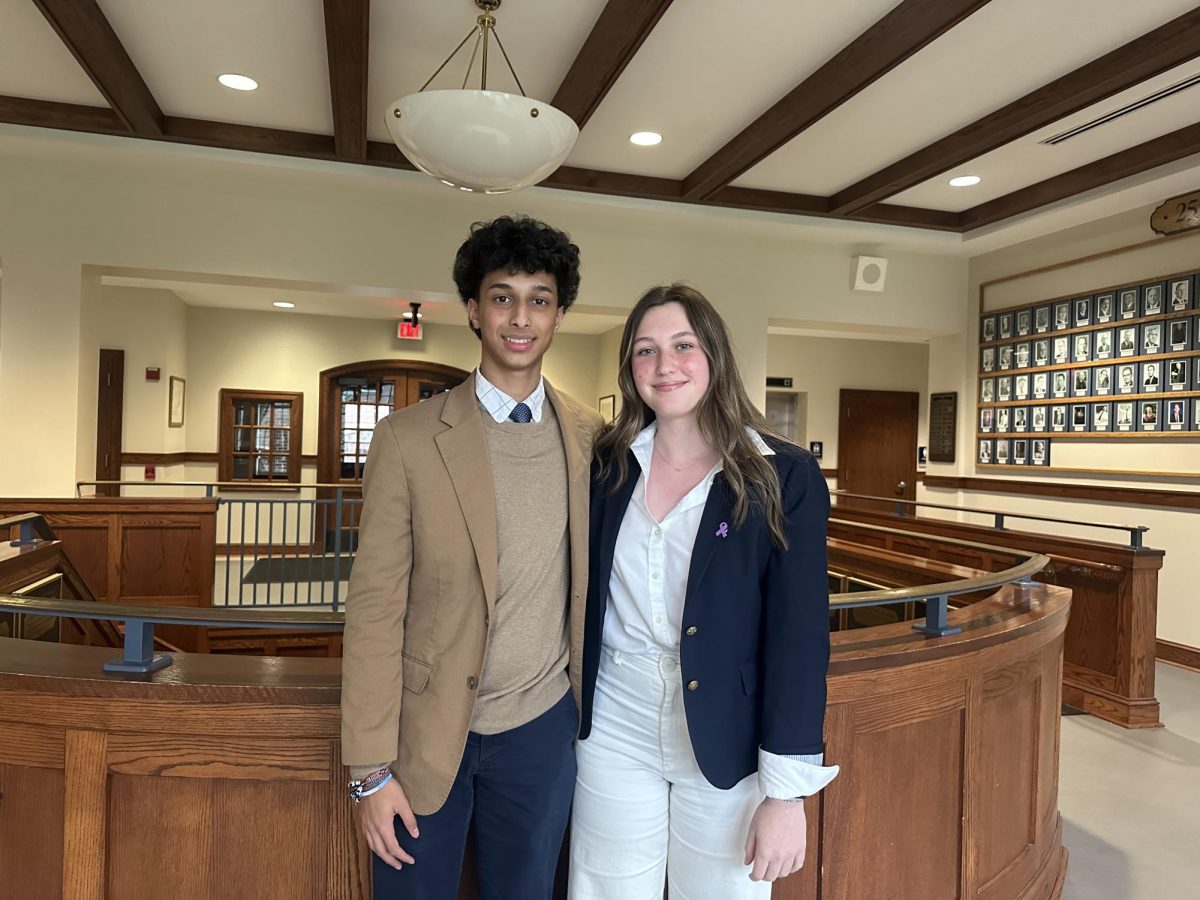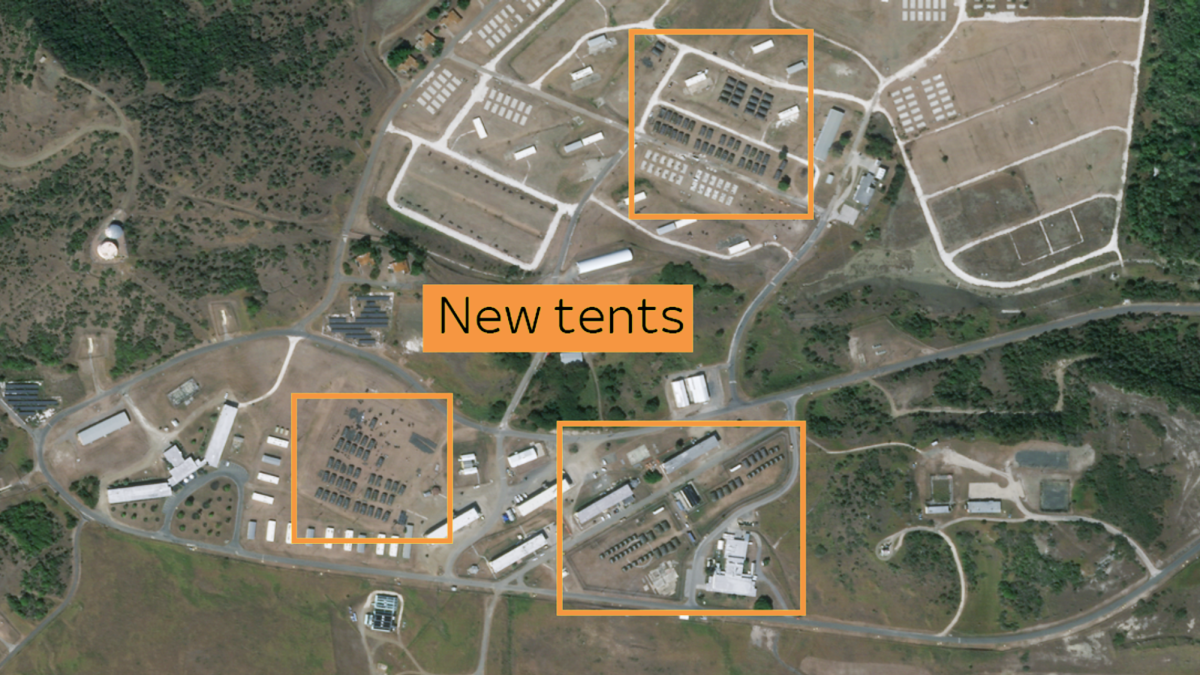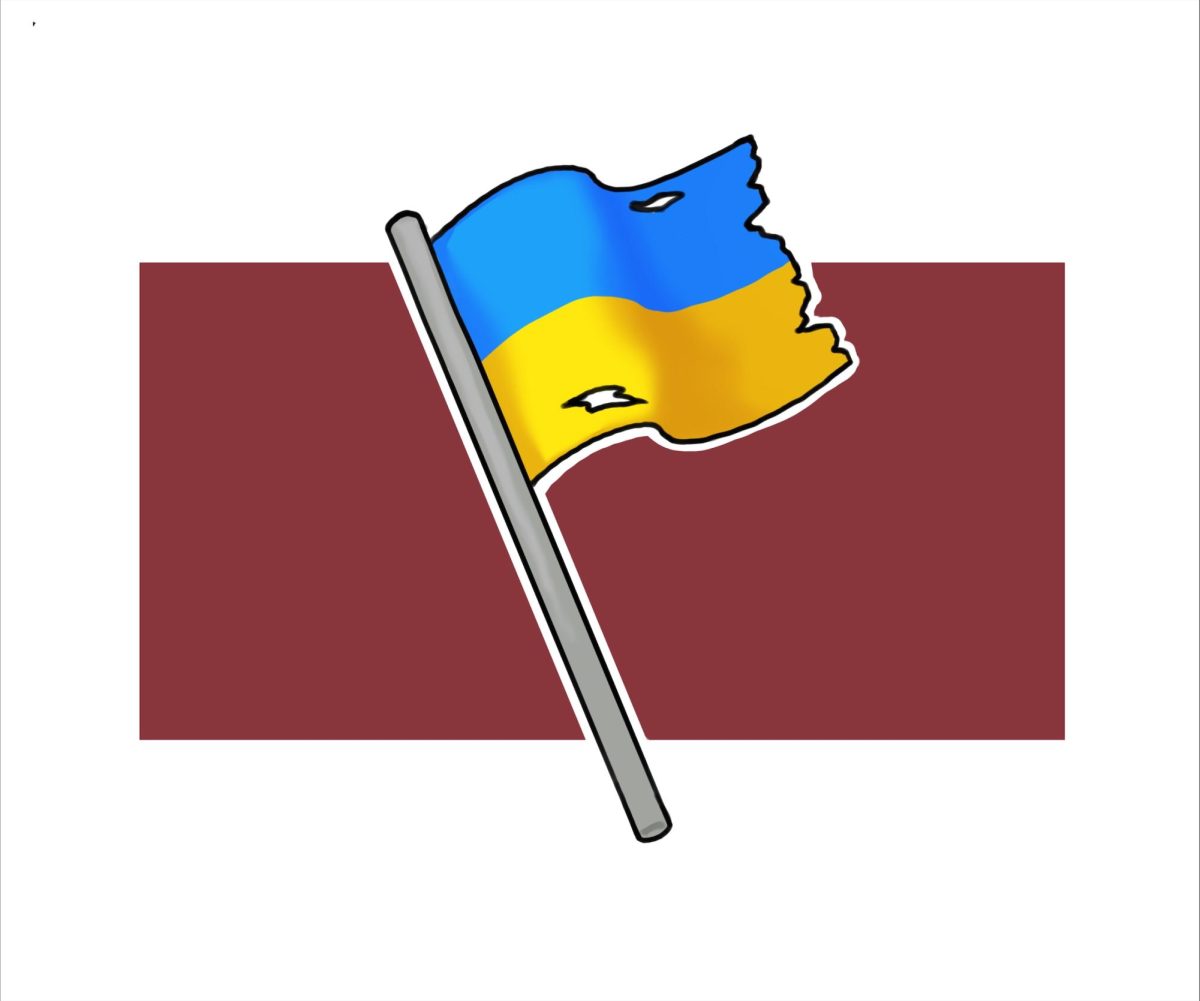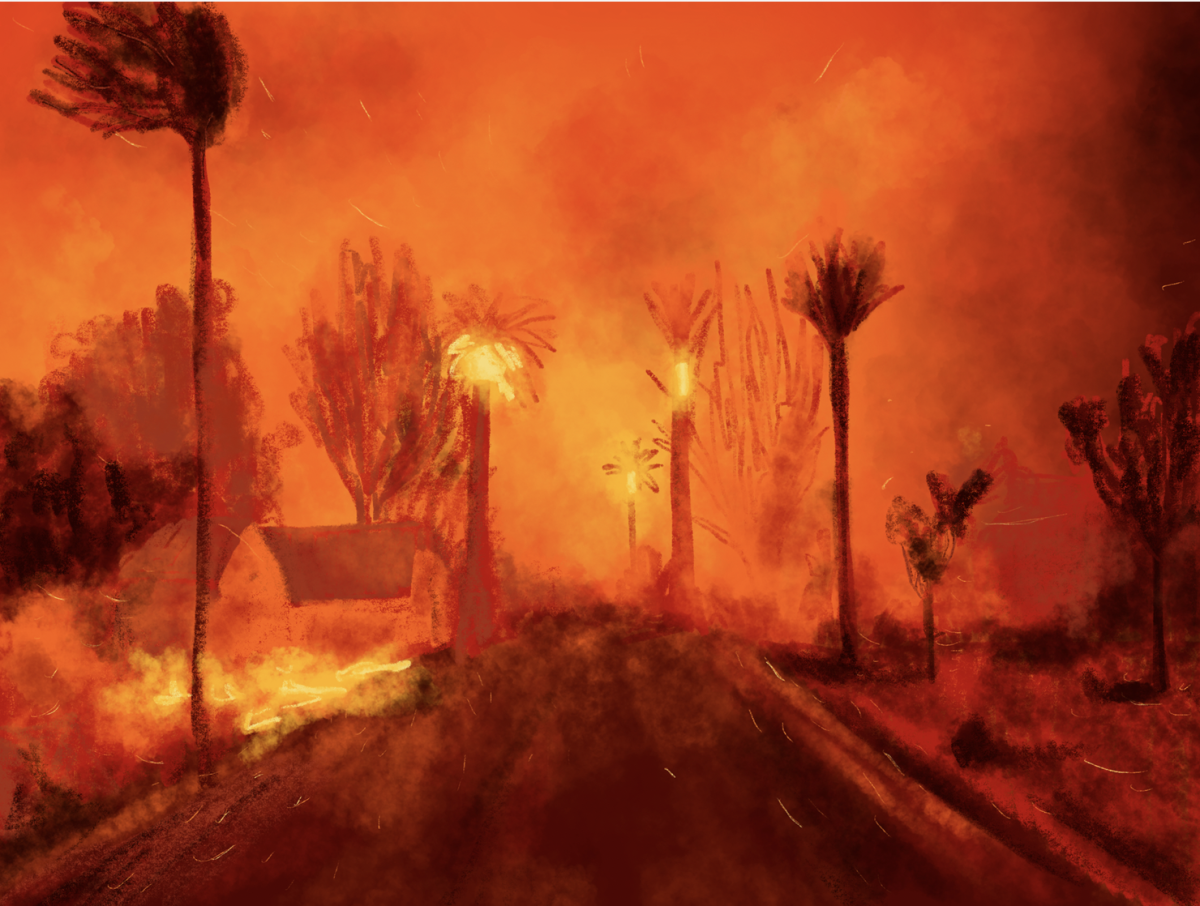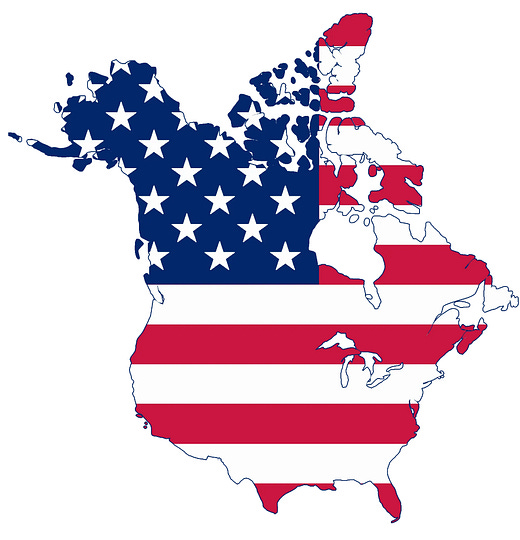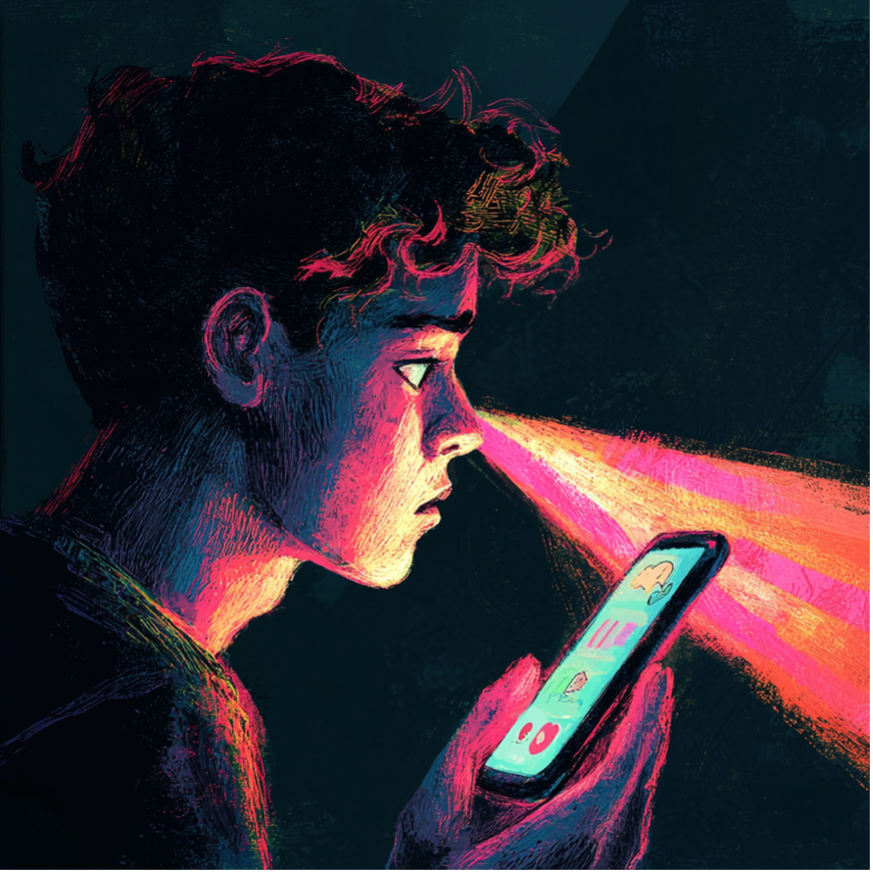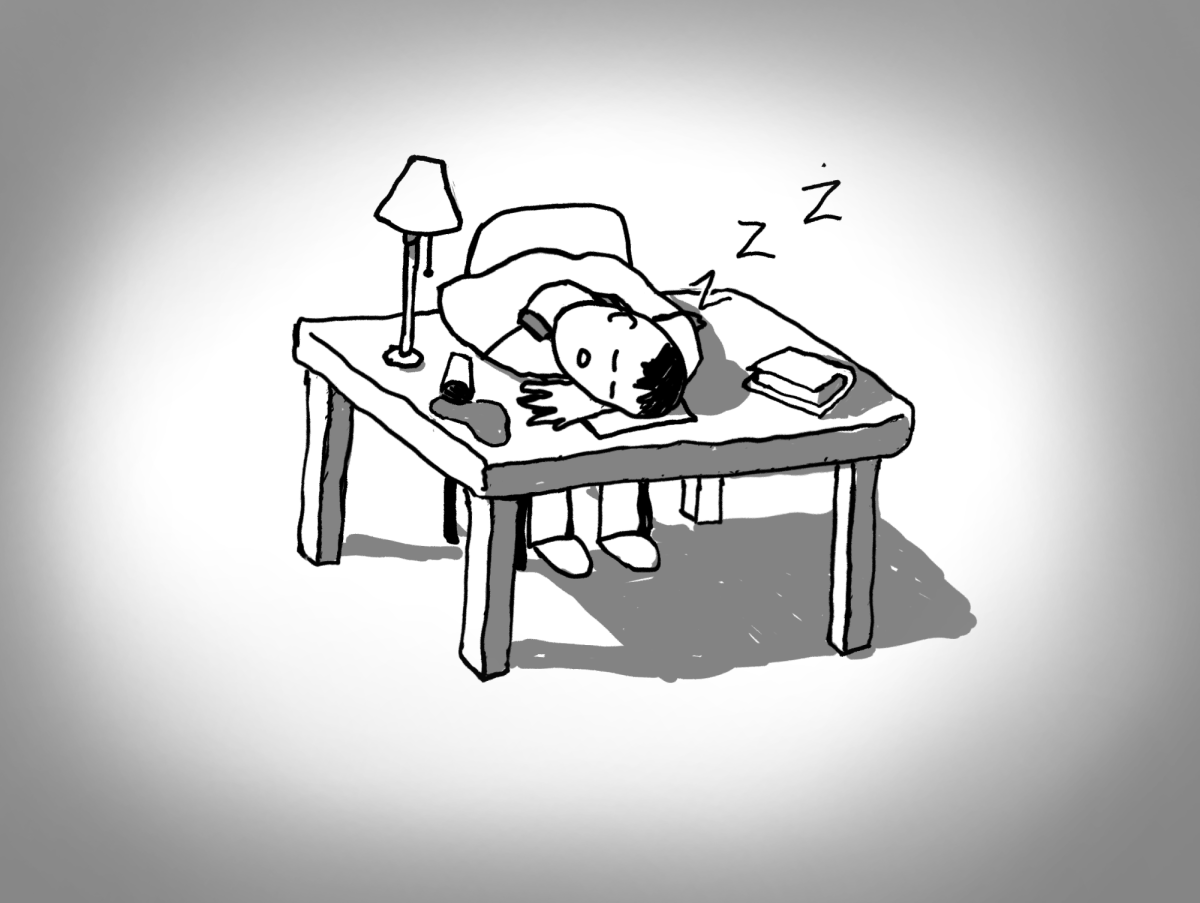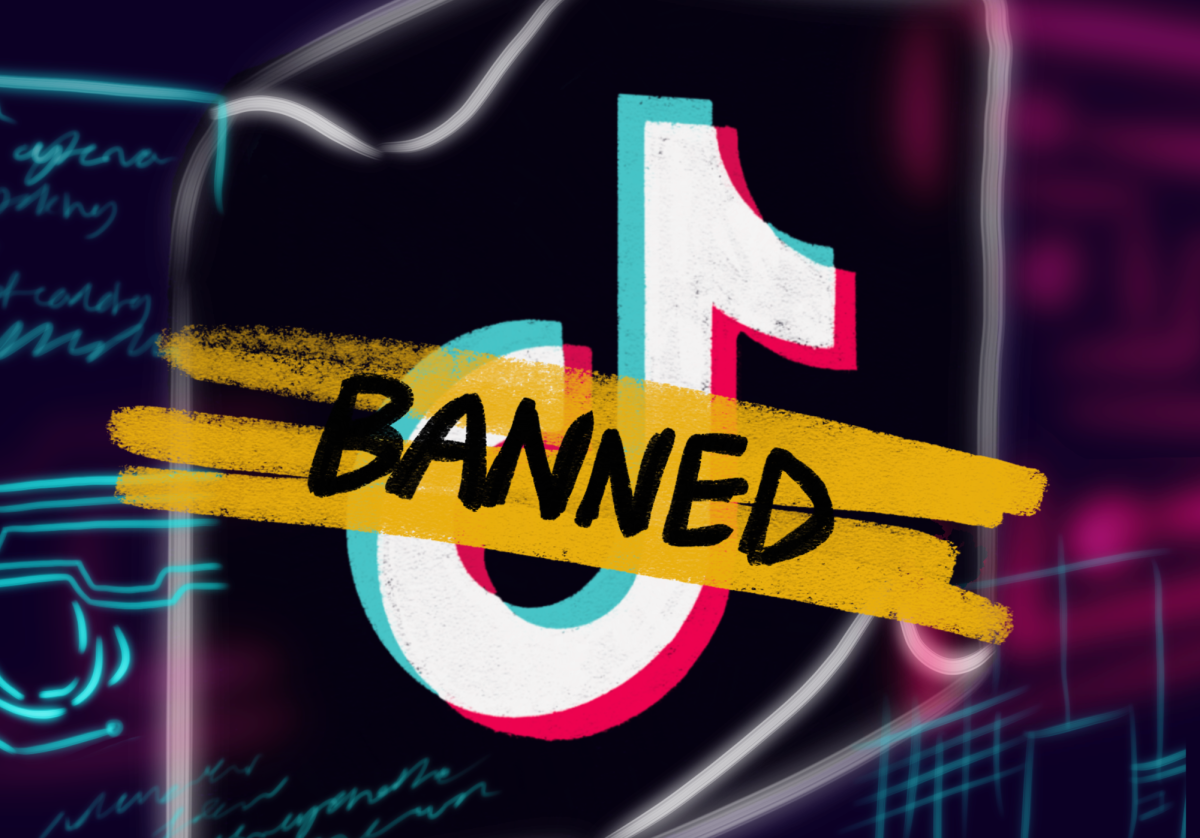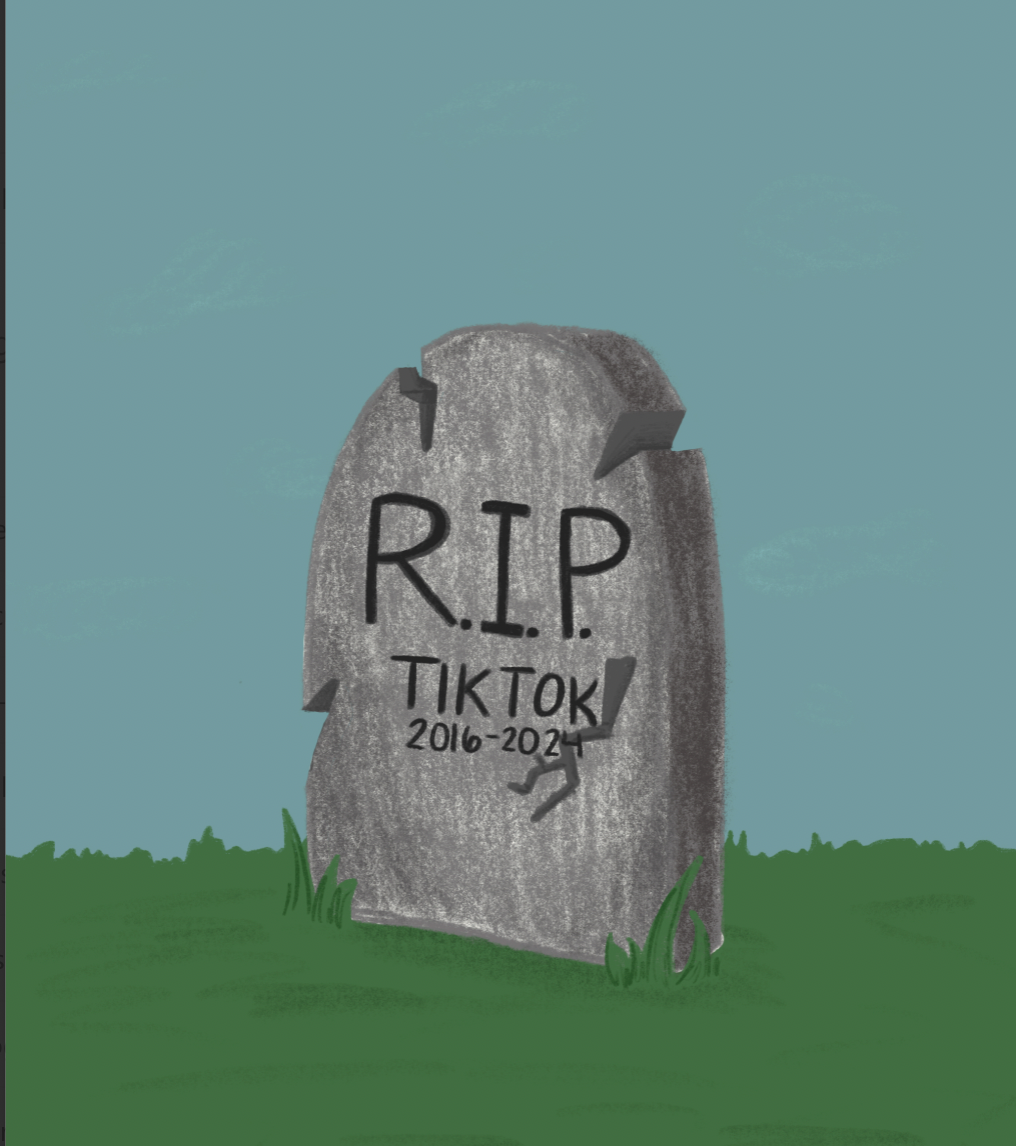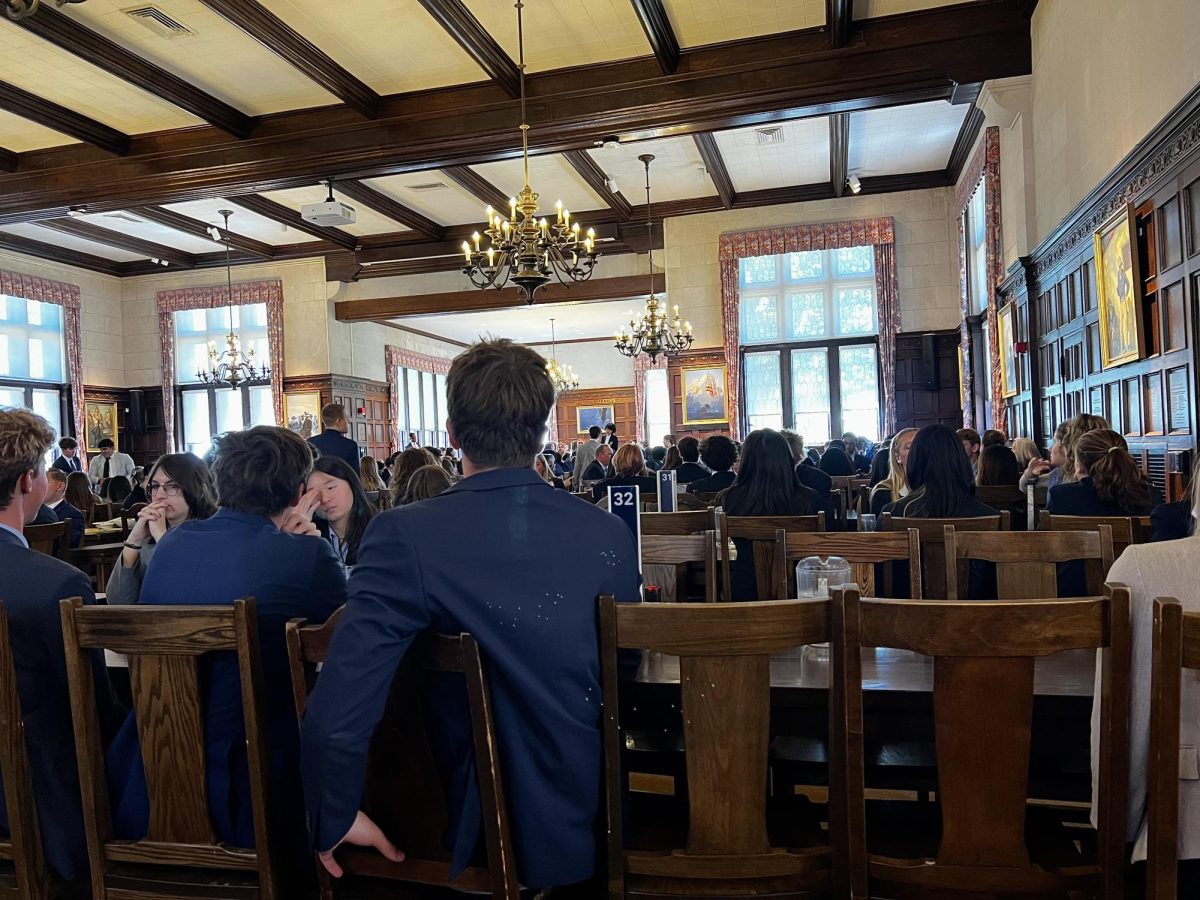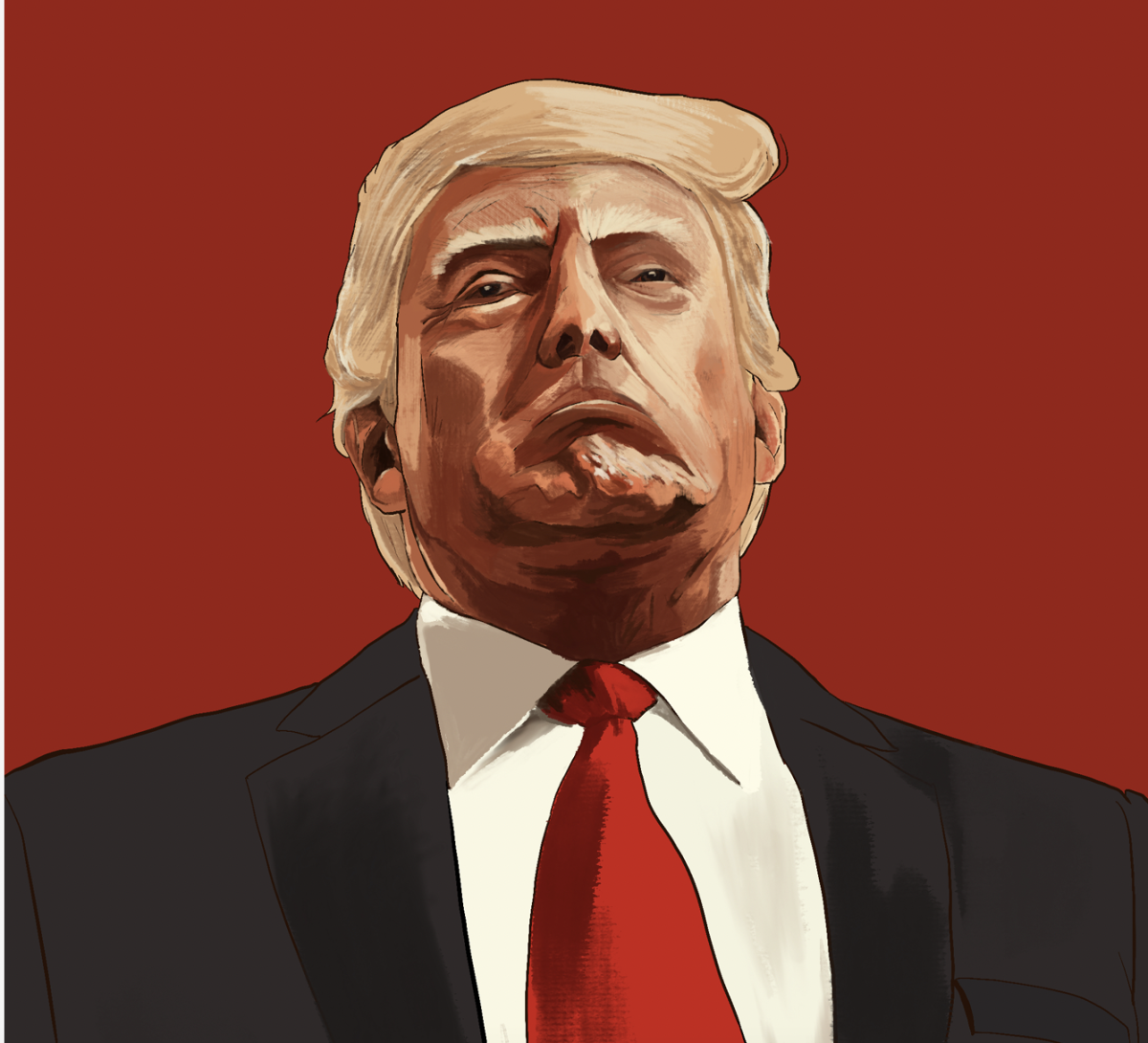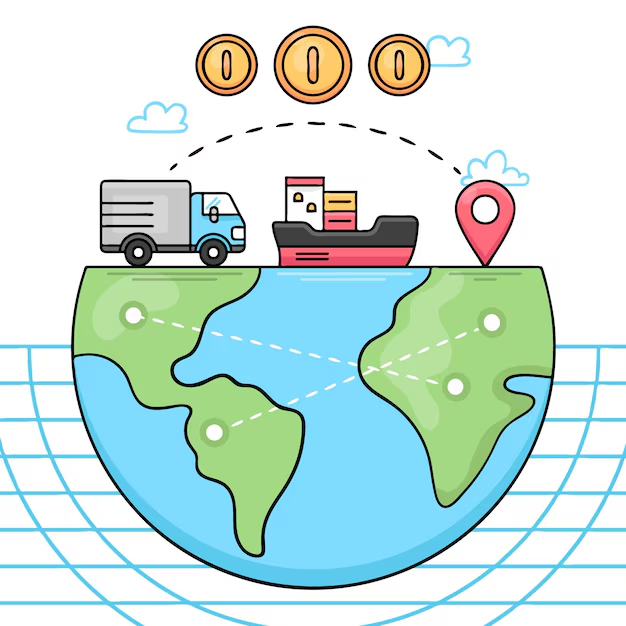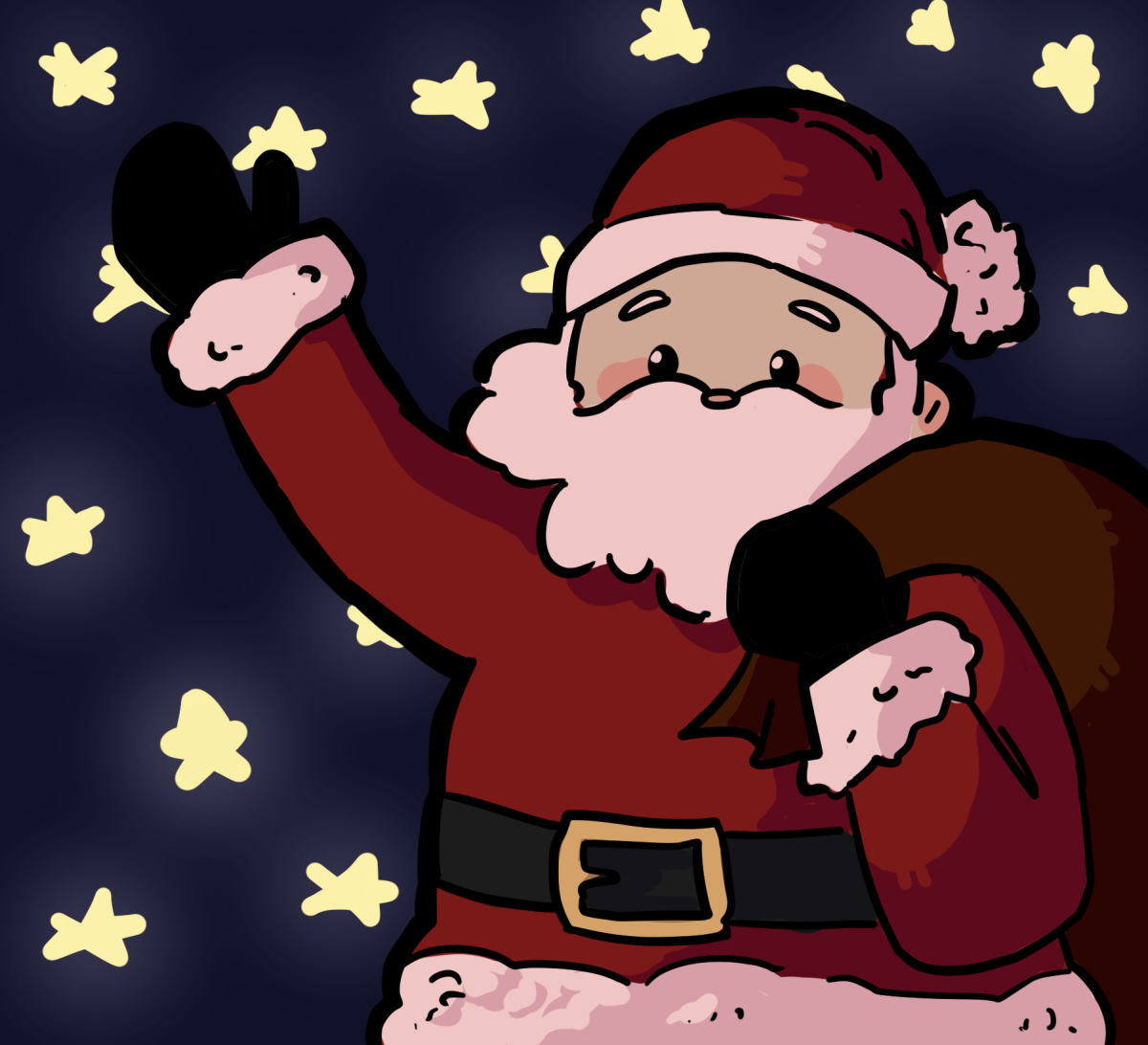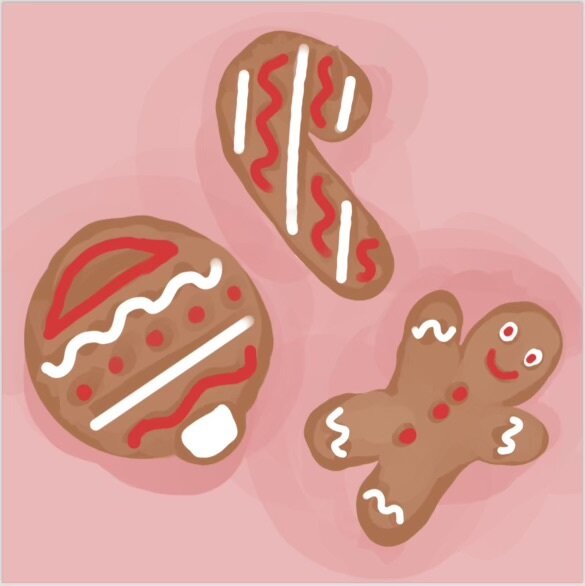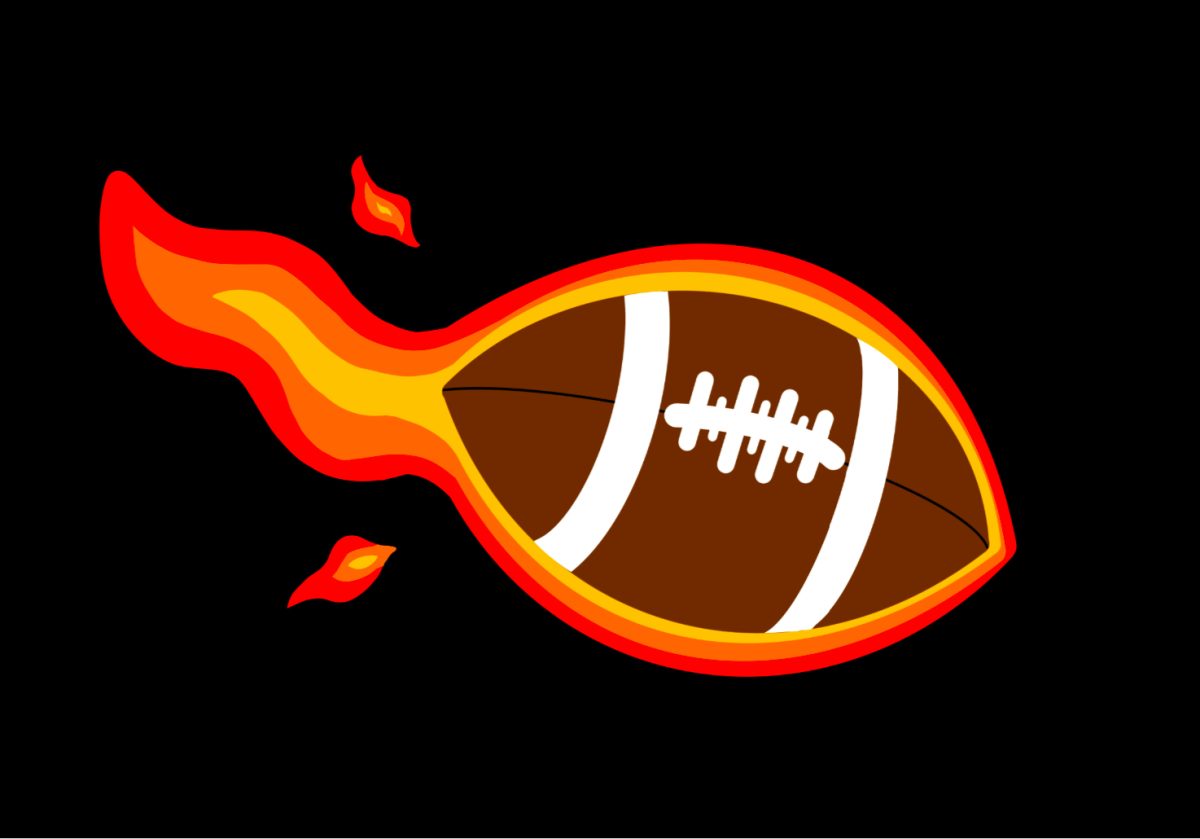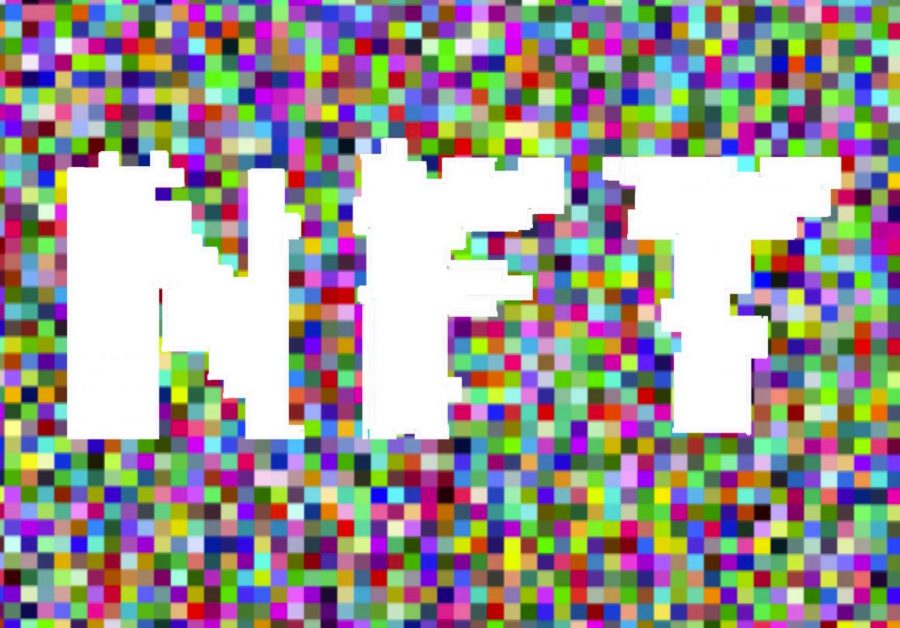Crypto Art and NFTs: Call it a gimmick or a new frontier?
How would you imagine the typical auction scenario to be? Maybe you would envision a cold, stark room, silent except for the sound of the auctioneer calling out numbers and pounding away with a gavel, selling million-dollar paintings and statues. But what if the situation was completely different? Instead of an auction room, maybe it’s a website, and instead of a million-dollar painting, it’s a $69 million JPEG. That’s the basic premise of the NFT world: an assortment of decentralized online spaces to buy and sell artwork; only, the artwork is made up of pixels on a screen instead of paint and clay.
So what is an NFT? To those uninitiated in the worlds of either finance or fine arts, the concept of an NFT, or non-fungible token, can be difficult to grasp—and to those who understand, it can still be viewed as ridiculous. How would a completely digital piece with no physicality to back up its value possibly be worth millions of dollars? The answer to that question is complicated. Utilizing blockchain technology, a way to decentralize, or distribute, the process of buying and selling, as well as to keep permanent records of transactions, each NFT is unique, and that uniqueness is an essential part of guarding its value: hence “non-fungible.”
Mike Winklemann, a digital artist better known as Beeple, is one of the most successful artists that utilize NFTs as their main form of media. Known for his provocative and colorful works, his piece, Everydays—The First 5000 Days, sold for a whopping $69 million, landing Winklemann in the position as one of the top three highest-paid living artists in the world and making history as the first NFT sold at an auction. A collage of 5,000 of his works, the JPEG file was sold to Vignesh Sundaresan, who has the rights to display the artwork but does not own the copyright.
Athey Family Master of the Arts, Diane Richards, described watching Beeple in interviews as fascinating. “So that’s the point right, we want to pay artists for what they’re doing, and artists should, especially in a digital age, be able to be compensated,” Richards said. “The problem with it though is, it’s supposed to be decentralized right, there’s no one really overseeing it. The problem with that is, you’re taking chances. If you really need help as an artist, it’s going to be difficult, for both the seller and the buyer.”
Senior Master of the Arts Ellen Nelson provided some insight as to why NFTs might have exploded in popularity recently. “I think the surge in popularity has at least two factors working in its favor,” Nelson said. “The first being investors have had some time to study whether or not NFTs have maintained their value. The second is the pandemic — people have had time to look into alternate venues for investment. If you have the money, you can buy and sell NFT art through sites such as Rarible and OpenSea. Who knows what the future will bring, but I believe we’re seeing the beginning of cryptocurrency and NFTs. If I knew that for sure, I could make a great deal of money.”
Unfortunately, it’s not all sunshine and rainbows in the NFT world. Many people, including Winklemann himself, have described the current state of crypto art as a bubble, with investors massively inflating the value of these pieces. The landscape of crypto art is relatively new, so it’s hard to judge where these artworks should be valued, and if these statements have any merit to them. Whether or not people are right in calling NFTs a bubble that might soon burst is difficult to tell, and the future is unclear as to what direction the art world is headed in.

